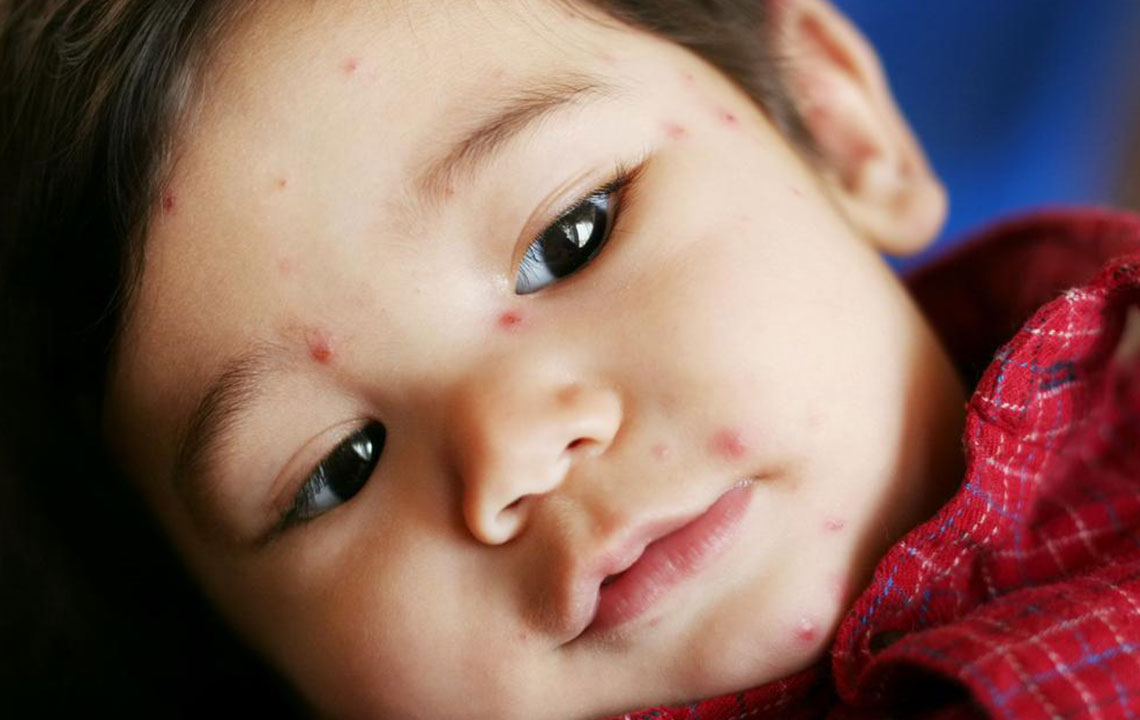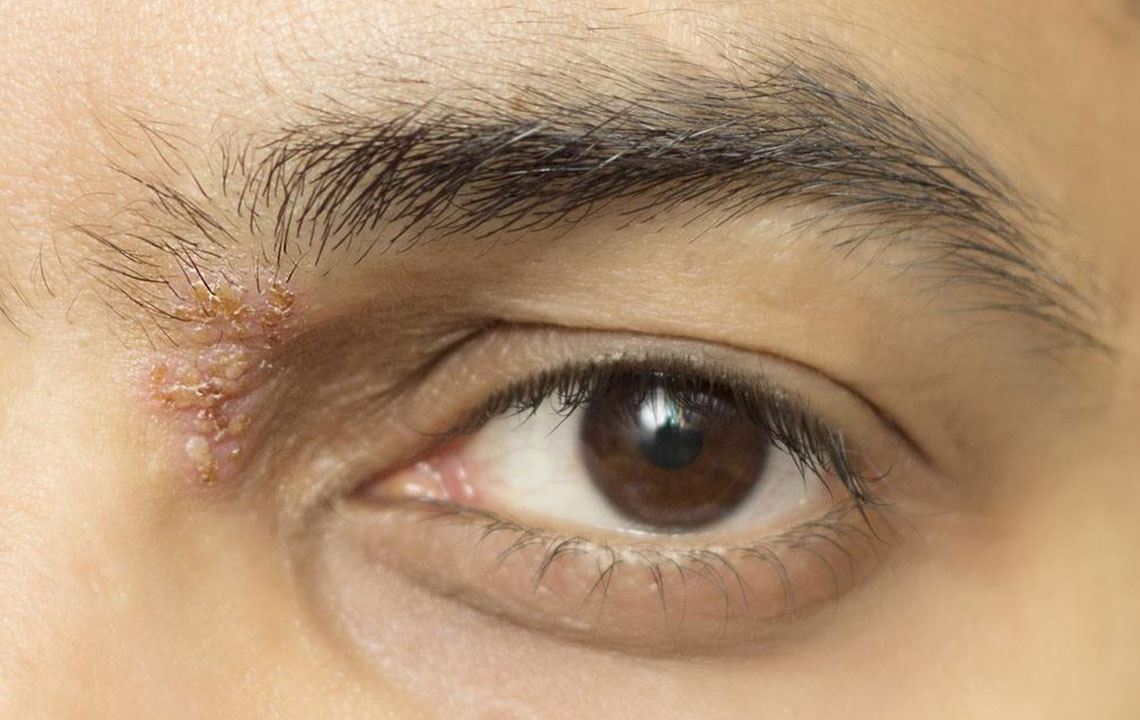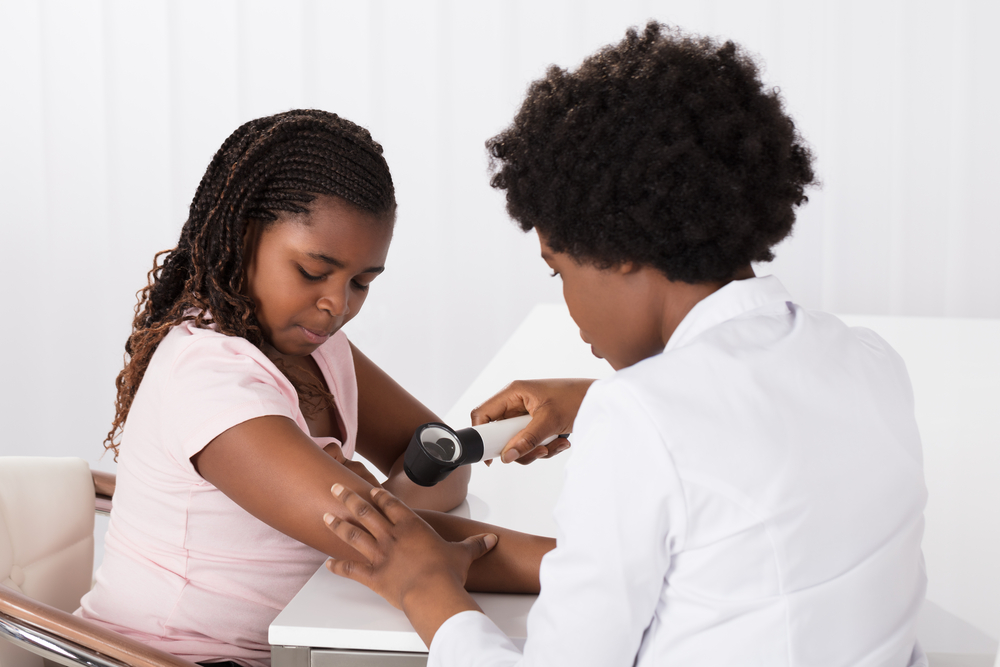Comprehensive Guide to Herpes Zoster: Symptoms, Risks, and Prevention Strategies
This comprehensive article provides detailed insights into herpes zoster, commonly known as shingles. It covers symptoms, risk factors, potential complications, and effective prevention strategies, emphasizing the importance of early detection, vaccination, and lifestyle choices in managing the disease. Aimed at raising awareness, this guide offers valuable information especially for older adults and those with weakened immunity to prevent serious health outcomes related to shingles.

Understanding Herpes Zoster (Shingles): Symptoms, Risks, and Prevention
Herpes Zoster, more commonly known as shingles, is a prevalent and potentially painful condition that affects millions of individuals worldwide. It primarily manifests as a distinctive skin rash accompanied by nerve pain, which can persist for weeks and sometimes lead to serious health complications if not properly managed. Recognizing the early signs and understanding the risk factors associated with shingles are crucial steps toward effective treatment and prevention. This comprehensive guide aims to provide in-depth information on herpes zoster, including its causes, symptoms, possible complications, and preventive measures.
Herpes Zoster arises from the reactivation of the Varicella-zoster virus—the same pathogen responsible for chickenpox. After an initial chickenpox infection, the virus doesn't completely leave the body; instead, it becomes dormant in nerve tissue. Later in life, due to various reasons such as stress or weakening immune defenses, the virus can reactivate, leading to shingles. This reactivation is more common among older adults and individuals with compromised immune systems, but it can also affect younger people with weakened immunity.
The Varicella-zoster virus remains dormant in nerve cells after the initial chickenpox infection and can reactivate later in life to cause shingles.
Reactivation is often triggered by factors like stress, aging, illness, or immune suppression, increasing the likelihood of developing shingles.
Weakened immune response due to aging, stress, or health issues is a significant trigger for shingles outbreaks.
Once reactivated, the virus causes characteristic symptoms like a painful rash and nerve discomfort.
Is Herpes Zoster a serious health concern?
If left untreated, shingles can lead to severe complications such as postherpetic neuralgia, which is persistent nerve pain that can last for months or years.
Other possible complications include vision loss if the rash involves the eye (herpes zoster ophthalmicus), secondary bacterial skin infections, and in rare cases, neurological or cardiovascular issues.
Older adults are at a higher risk for severe symptoms, nerve damage, and longer recovery times. Their immune systems' diminished capacity makes management more challenging.
Emerging research suggests that shingles may also contribute to cardiovascular health issues by promoting accumulation of arterial plaques, increasing the risk of stroke.
Stress not only triggers the reactivation of the virus but can also exacerbate symptoms by elevating blood pressure and impairing immune responses.
While primarily affecting individuals over 50, children predisposed by weakened immune systems are also vulnerable to shingles outbreaks.
How to recognize shingles: Visual clues and rash characteristics
Initial symptoms are often subtle; patients may experience headaches, fever, fatigue, or general discomfort before any skin changes occur.
As the condition progresses, a distinctive rash typically appears as clusters of blisters on one side of the body or face, often on the torso, and can be confirmed through online rash reference images for comparison.
Early signs include itching, tingling, burning sensations, numbness, and increased sensitivity to touch around the affected area.
More severe symptoms can include intense burning pain, muscle weakness, and heightened skin sensitivity near the rash.
Utilizing visual cues and rash images for severity assessment
Reviewing high-quality images of shingles rashes at various stages can help patients and healthcare providers assess progression and severity.
Many reputable online resources provide detailed photos to compare with one's own rash, aiding early detection.
Seeking prompt medical advice is vital if shingles is suspected to initiate effective treatment and reduce the risk of complications.
Is there a cure for Herpes Zoster?
Currently, no cure exists for the virus itself; however, antiviral medications such as acyclovir, valacyclovir, and famciclovir can significantly decrease the severity and duration of symptoms if started early in the course.
Vaccination against shingles is highly effective in reducing the incidence and severity of outbreaks, particularly in adults aged 50 and above, and can prevent recurrences.
Timely vaccination remains one of the most effective preventive strategies for those at increased risk.
Preventive strategies for Herpes Zoster
The CDC estimates that nearly a third of people who have had chickenpox will develop shingles at some point in their lives, especially if their immune system weakens over time.
Maintaining a healthy lifestyle—adequate sleep, balanced diet, regular exercise, and stress management—can help strengthen the immune system and reduce the risk of reactivation.
Vaccination with the shingles vaccine significantly lowers the likelihood of developing shingles and diminishes symptom severity if it occurs.
It's important to note that individuals who previously had chickenpox are not contagious in the case of shingles; however, they can transmit the virus to individuals who haven't had chickenpox or haven't been vaccinated, causing chickenpox instead.
In conclusion, herpes zoster remains a significant health concern, especially among older populations, but with awareness and preventative actions, its impact can be substantially reduced. Early recognition of symptoms, vaccination, and healthy lifestyle choices play vital roles in managing and preventing this condition effectively.





